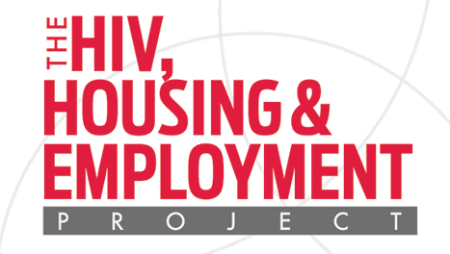
Innovative interventions that coordinate HIV care and treatment, housing, and employment services are summarized in a series of "issue briefs" prepared by the HRSA-funded HIV, Housing & Employment Project. The project is part of a Special Projects of National Significance (SPNS) Improving HIV Health Outcomes through the Coordination of Supportive Employment and Housing Services initiative.
Following is a summary of each issue brief. The first focuses on bringing "Navigators" fully into care teams while the second outlines ideas for expanding housing options for vulnerable populations.
Issue Brief: Integrating Navigators into Care Systems
HRSA has funded a number of projects that have developed best practices for use of peers and other non-medical staff to support people with HIV in care. This issue brief explores the staff position of “Navigator,” a non-medical role that is supportive of but different from traditional case managers. A Navigator may also be titled as a Community Health Worker, Peer Navigator, or Patient Advocate. Among the best practices for integrating Navigators into care systems:
- Clear delineation of their roles and responsibilities in relation to other staff in order to insure coordinated service delivery and avoid duplication of services.
- Include Navigators in daily discussions of patient panels and/or during ongoing patient care plan meetings as Navigators often build special trust with patients, have unique insights, and can provided added education and support to patients to address needs that they have specifically uncovered in their work with patients.
Read more in the Issue Brief: Integrating Navigators into Care Systems
Issue Brief: Tight Housing Markets
According to HRSA's Ryan White HIV/AIDS Program client level data, Ryan White clients with unstable housing have consistently lower viral suppression rates as compared to those with temporary or stable housing. In response, many agencies have developed ideas for providing stable housing for people with HIV who reside in high cost areas, which pretty much is the case in most urban areas across the U.S. Among the ideas outlined in the issue brief:
- Shared housing, including a link to a SAMHSA presentation that goes into greater detail on this approach.
- Incentives for landlords to rent units to vulnerable populations, including mediation support for landlords to resolve conflicts with tenants and financial incentives like paying extra security deposits. The issue brief provides links to learn more about these ideas.
Read more in Issue Brief: Tight Housing Markets